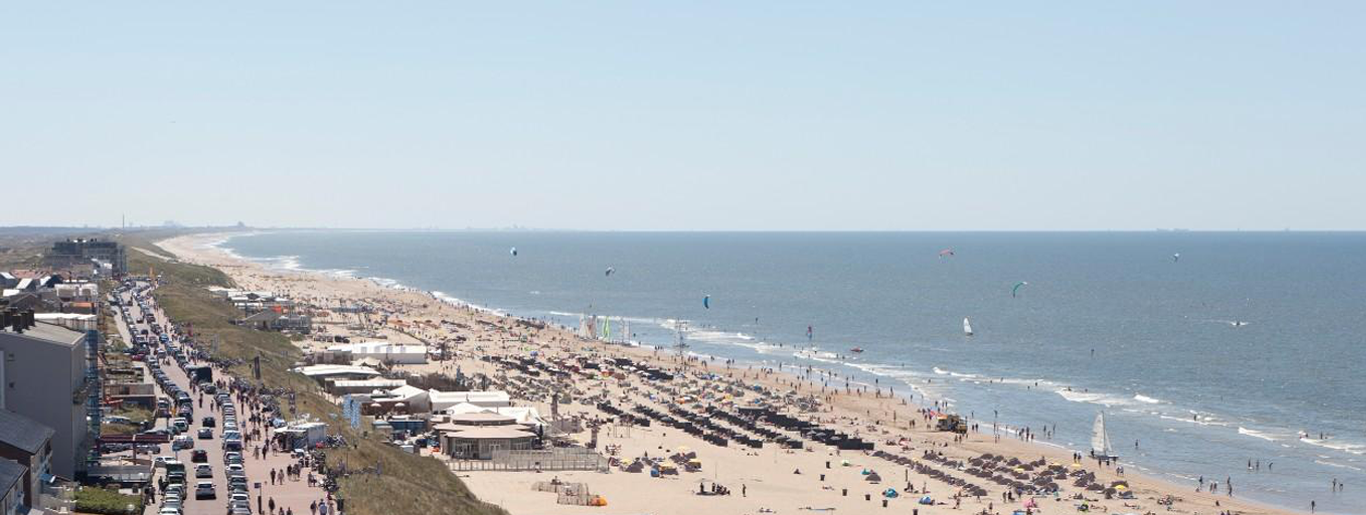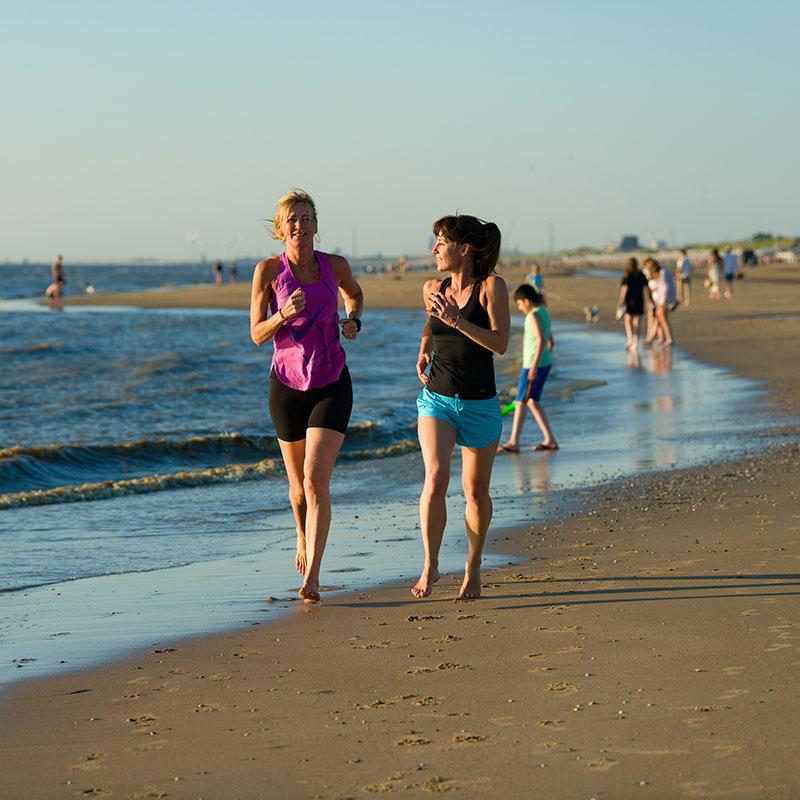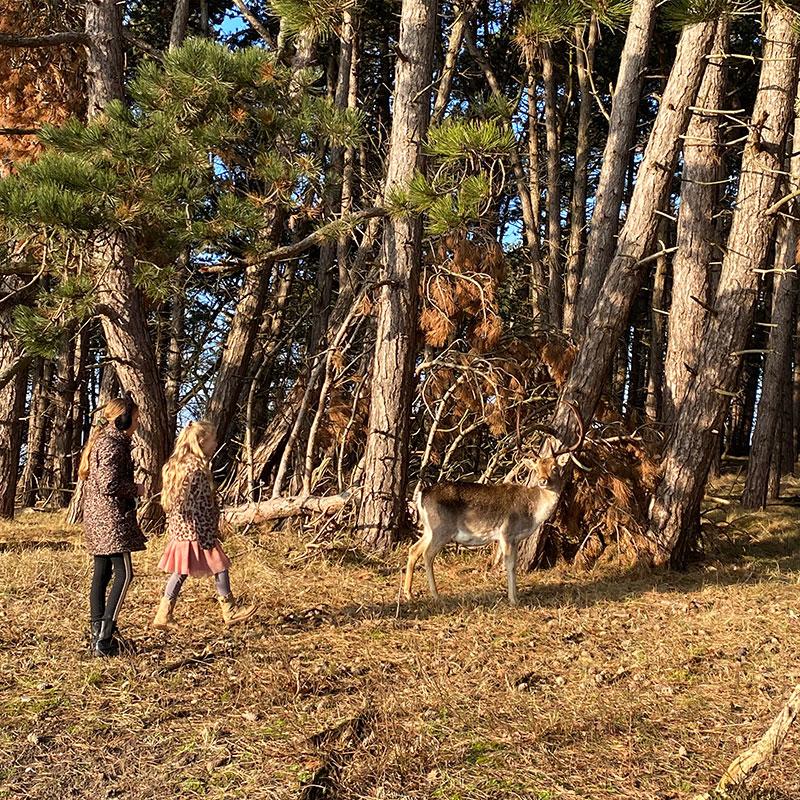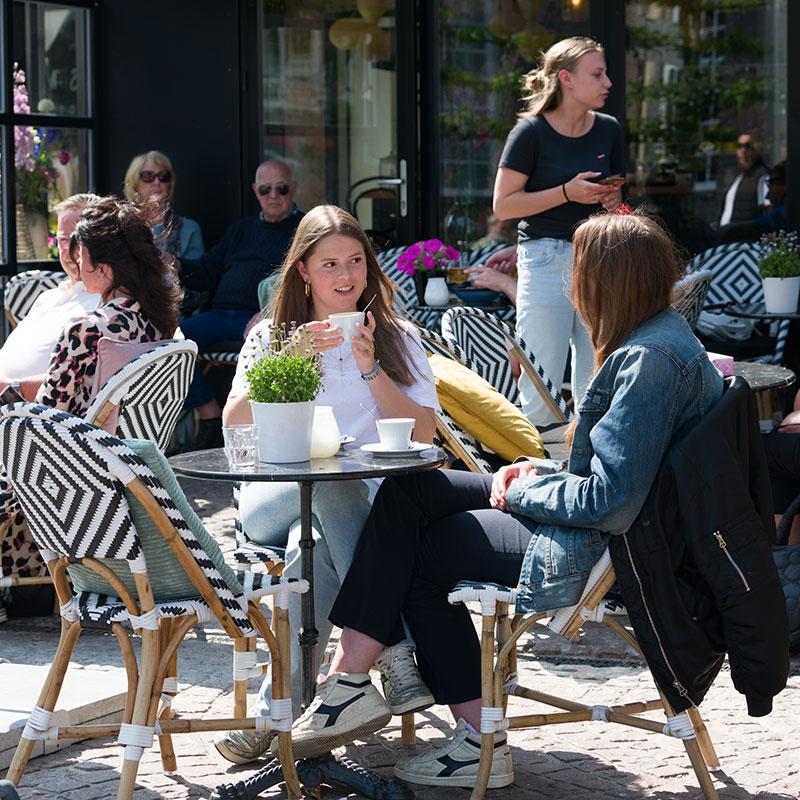Zandvoort as a seaside resort
The village of Zandvoort flourished in the 19th century. In 1824, a committee of local landowners was established, including the master craftsman of Zandvoort Jhr. W. Ph. Barnaart, Prof. D.J. van Lennep and a number of other gentlemen. Their aim was to pave the only access route to Zandvoort, a muddy track that in the summer turned into soft sand and in the winter was made completely impassable by rain and snow. This would guarantee access to and from Zandvoort from the Herenweg in Heemstede. The intention was to provide the impoverished village with more opportunities for enrichment, besides fishing and potato growing. In and around 1825, the first steps were taken to end the isolation of the village, leading to an upsurge in wealth. During this same period, the Hogeweg was built, and a bathhouse was established on the top of the sea dunes, that was completed in 1828. Bathing mainly took place in the hotel. The seawater was extracted from the sea using horse and cart fitted with a zinc storage tank, and tipped into the indoor pools. Visitors could opt for a cold or warm bath, seawater shower or even to drink the then still perfectly clean seawater, by way of a course of treatment. Around 1850, the first bathing carriage was purchased, followed in 1870 by the appearance of the bubble coach, a sort of leisure carriage consisting of a roofed-in area with an enclosed rear wall, and a flat bench for 8 to 10 passengers, which could be towed into the breaking surf, where the passengers could enjoy an uninterrupted view of the sea. Following the construction of the railway track in 1881, seaside life really took off. Four bathing facilities were opened, where on board a carriage, supervised by a bathing master or mistress, visitors could enjoy immersion in salty water, in a rented bathing costume, under cover of an awning. many of the visitors were families who spent 3 or 4 months in Zandvoort. By 1900, many rich families had built a second home in Zandvoort, some with and some without an outside veranda. The Haarlemmerstraat offers excellent examples of this form of architecture. The less wealthy rented rooms from the locals; these were the so-called bath guests.


















